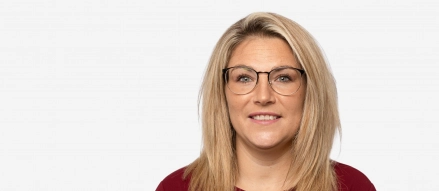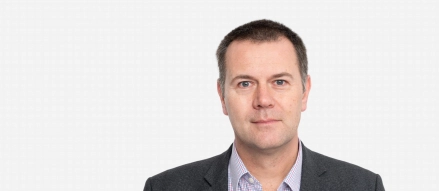Shares are transferred at some stage either during lifetime (if the dividend isn’t needed) or on death if it is, both using the 100% Business Property relief for Inheritance Tax. The logic of this approach however is looking much less sound than it did, in view of tax changes that have already occurred and possible changes in the coming years.
First the ability to build significant pension savings has been progressively restricted with the current lifetime allowance now only just over £1m. If the pension pot is limited to this it will not provide the level of income business owners had hoped for. If it goes over the limit, benefits can be taxed at 55% when drawn. Either way, pensions have shrunk in usefulness as a part of succession planning. So that could mean that shares have to be retained for the dividend which is, in any event, going to be taxed at rates of around 40%. Continued earnings from the company as a director could be taxed at rates of around 50%. We can add into the mix that there is talk of Business Property Relief being restricted which might mean that the tax-free transfer of shares is not available in the future. So, is there a better way to lock in lower tax rates and current reliefs? We think there is by adapting a traditional vendor assisted management buyout to family succession planning.
This approach takes the typical management buyout structure and then uses it for the succession process between the older and younger generations. It enables the older generation to pass on their shareholding to the next generation whilst taking a capital sum out of the business which can be any amount up to the full value of the shares being passed on. As an alternative, the agreed capital sum can be left in the business and paid out of future cash flow. What are benefits to both generations.
Well first it allows an owner to create a capital sum for their future financial security which is much larger than the pension lifetime allowance. Second the funds it releases for the owner will be taxed currently at a maximum 20% compared to around 40% for dividends, 50% for earnings, and 55% for some pension income. Third, because it has created financial security for the older generation, it allows the transfer of share ownership down the generations now, rather than running the risk of delay and possible future restrictions of Inheritance Tax Reliefs.
From the perspective of the next generation they don’t need to find personal funding for their acquisition of the business since it can come from the company either when the transaction is carried out if the company is cash-rich, or from future cash flows as an alternative, or any mix of the two. In addition, it ensures shareholder interests and value are aligned with the generations. The value created prior to the transaction by the older generation and attaching to their shares is crystalised and future value generated by the next generation attaches to their shareholdings.
There is of course much more to family succession than the structure used to achieve it but we think that this is a neat alternative to the more traditional approach which can create greater financial security for the older generation and greater clarity for the new one, as well as both being more tax-effective now and removing some of the tax risks that might attach to a delayed transfer of shares.
Get in touch
If you’d like further information on any subjects discussed in this article, please don’t hesitate to get in touch via the form below.
Contact us today




